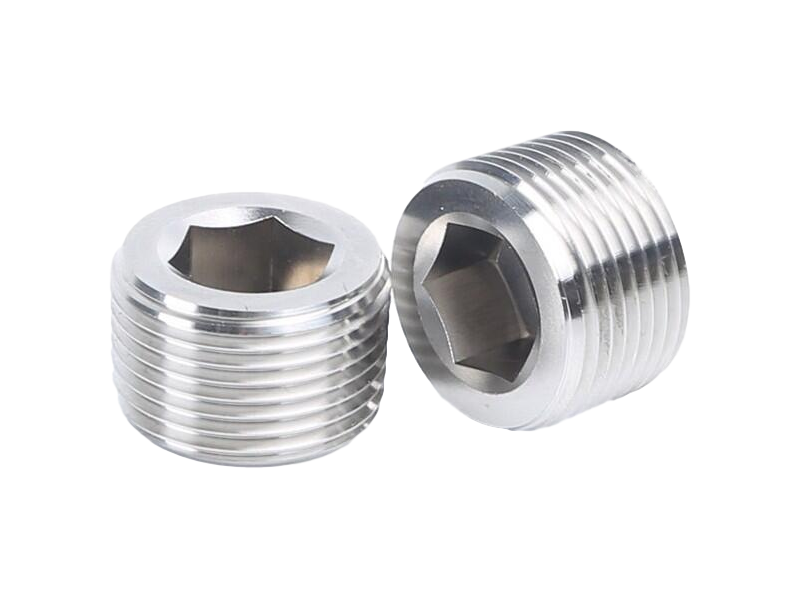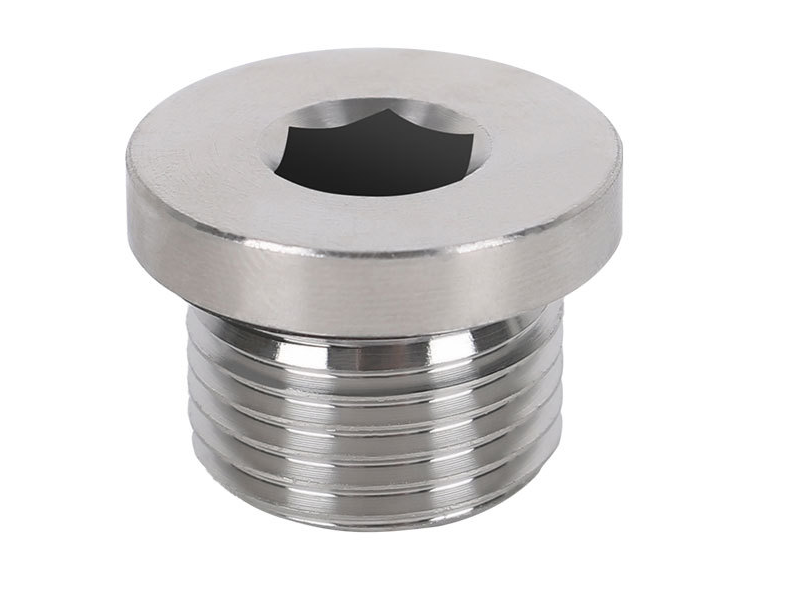Detail of Bulkhead Fittings and Connectors
In industries around the world—from aquariums in North America to chemical processing plants in Europe and water management systems in Asia—bulkhead fittings and connectors are vital components. They enable secure, leak-proof passage of fluids, gases, and electrical wiring through tanks, walls, or panels. Properly selecting, installing, and maintaining these fittings ensures system safety, efficiency, and longevity.
In this comprehensive guide for 2025, we’ll explore what bulkhead fittings and connectors are, their purposes, the different types based on application, and how to choose the right fittings for your regional environment.
What Is the Purpose of a Bulkhead Fitting?
Definition:
A bulkhead fitting is a specialized connector installed through the wall or partition of a tank, pipe, or enclosure. It provides a sealed, durable opening that allows pipes, hoses, or electrical wires to pass through without leaks or contamination.
Primary Purposes:
- Fluid and Gas Transfer: Enable secure transfer of liquids or gases across tank walls or panels.
- Leak Prevention: Maintain a watertight, airtight seal, especially in high-pressure or hazardous environments.
- Structural Integrity: Distribute stress evenly, preventing damage or deformation at the passage point.
- Ease of Maintenance: Allow disassembly or removal for cleaning, inspection, or repair without damaging the tank or enclosure.
Common Applications:
- Aquarium plumbing in North America and Europe
- Chemical and water tanks in Asia
- Marine and offshore piping systems globally
- Industrial equipment in manufacturing plants
What Are the Main Types of Bulkhead Fittings According to Purpose?
Bulkhead fittings serve different functions based on their application. Their design varies to suit specific needs such as fluid conveyance, electrical wiring, or gas transfer.
1. Piping Bulkheads
- Purpose: Connect pipes or tubing through tank walls or panels.
- Use Cases: Water tanks, aquariums, chemical storage vessels.
- Design Features: Usually made from durable materials like PVC or stainless steel, with secure sealing elements.
2. Electrical Bulkheads
- Purpose: Allow electrical conduits or wiring to pass through enclosures or panels.
- Use Cases: Marine enclosures, electrical junction boxes, outdoor panels.
- Design Features: Incorporate waterproof seals, dielectric materials, and threaded or compression fittings suitable for electrical insulation.
3. Gas Bulkheads
- Purpose: Facilitate safe transfer of gases.
- Use Cases: Gas storage tanks, laboratory or laboratory safety enclosures.
- Design Features: High-pressure sealing, corrosion-resistant materials, often with specialized valves or safety features.
4. Puncture or Through-Panel Bulkheads
- Purpose: Provide temporary or flexible passage for pipes or cables.
- Use Cases: Test systems, temporary installations, or reconfigurable systems.
- Design Features: Usually designed for quick assembly/disassembly, often with flexible or expandable seals.
5. Specialty Bulkheads
- Purpose: Customized to specific environmental needs.
- Use Cases: High-pressure systems, corrosive environments, or modular manufacturing.
- Design Features: Use specialty materials like titanium, fire-resistant coatings, or high-strength composites.
Regional Consideration:
Different regions prefer certain types of bulkhead fittings depending on standards and environmental demands. For instance, marine applications in North America often use stainless steel or brass bulkheads, whereas chemical industries in Europe lean toward corrosion-resistant plastics or alloys.
What Are the Four Types of Plumbing Fittings?
In plumbing systems worldwide, these are the most common fitting types:
1. Compression Fittings
- Use: Sew connection between pipes or tubing without welding.
- Advantages: Reusable, easy to install, suitable for high-pressure applications.
- Materials: Brass, stainless steel, plastic.
2. Threaded Fittings
- Use: Connect pipes with screw threads.
- Advantages: Widely compatible, easy disassembly.
- Standards: NPT (North America), BSP (Europe/Asia), ISO.
3. Flared and Soldered Fittings
- Use: Permanent, high-pressure connections.
- Advantages: Secure and leak-proof.
- Applications: Refrigeration, HVAC, compressed air.
4. Push-to-Connect Fittings
- Use: Rapid assembly/disassembly for plumbing or pneumatic systems.
- Advantages: No clamps or tools needed, easy maintenance.
- Popular in: Commercial plumbing, automation lines.
What Is the Purpose of a Bulkhead Connector?
While similar to bulkhead fittings, bulkhead connectors often refer specifically to electrical or fluid connectors designed to join internal


